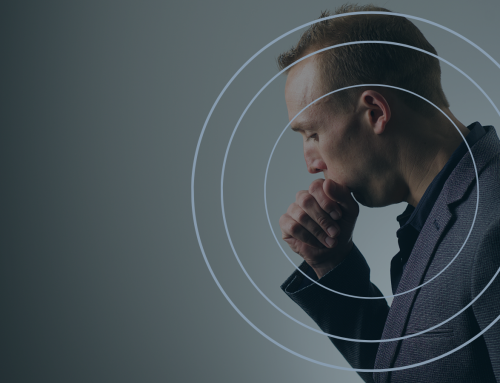There are a number of reasons why you might find yourself in need of respiratory physiotherapy, and more specifically, airway clearance treatment:
- your lungs produce lots of mucus
- you have recently recovered from pneumonia and need to remove mucus and secretions from your lungs
- you have a chronic condition such as COPD, bronchiectasis, cystic fibrosis, or bronchitis
- you are prone to chest infections
You may find with any of these conditions that your lungs simply aren’t able to expel the excess mucus sufficiently, which leaves you much more susceptible to recurring chest infections and reduced lung function.
Airway clearance is often recommended to assist in the removal of the mucus that cause airway obstruction and break the vicious cycle associated with chronic pulmonary and neuromuscular respiratory diseases.
What can I expect from my first airway clearance appointment?
Your first appointment is the opportunity for your physiotherapist to gain insight into what you’re experiencing with your condition. They will discuss with you
- Your exact symptoms and how they feel
- If there are any techniques you’ve previously attempted to clear your chest
- Details of any medications you are currently taking
- Details of any other medical professionals you’ve seen
- If you have had any recent scans or tests and if so, what were the results
Once the physiotherapist has talked this through with you, they will need to assess you. This will involve
- Checking your oxygen levels and listening to your chest with a stethoscope
- They may also ask to feel your chest when you are breathing
- If you have a regime you have been using they will ask you to demonstrate it
- Because there is a range of breathing techniques available for treatment, they may experiment with combinations of exercises that work most effectively to keep your lungs clear
- Whatever exercises they recommend please be assured that you will not feel any pain or discomfort
For the breathing techniques themselves
- Each new exercise will be properly demonstrated to you by your physiotherapist, and if any modifications to an existing exercise is required, this will also be carefully explained to ensure you can perform it effectively
- Details about how, when and how often exercise should be performed will be discussed
- You will be set up with a programme to follow – it’s very important that you practice your exercises at home
- You will also receive some written information to take home with you
How often will I need treatment?
In most cases your respiratory physiotherapist will recommend that you are seen again 1-2 weeks after your first appointment
- They will want to make sure you’re still on the right track and that the regime is working for you
- It’s essential to fix any issues that may have arisen early so that you don’t continue with something that isn’t working or isn’t being performed correctly
- Your physiotherapist may also use the second appointment to discuss the longer-term management of your condition with you, which may also cover having a plan in place for when you are unwell





